NATURAL STONE; MARBLE, GRANITE, ITALIAN MARBLE AND OTHER IMPORTED MARBLE
INDIA’S TOP AND WORLD’S BEST MARBLE, GRANITE AND STONE COMPANY
Best in Quality with Quantity and most reasonable Price
Marble, Granite, and Natural Stone Perfect for Elegant, Interiors, exteriors, flooring, elevation, decoration, countertops, landscaping, handicrafts, etc.
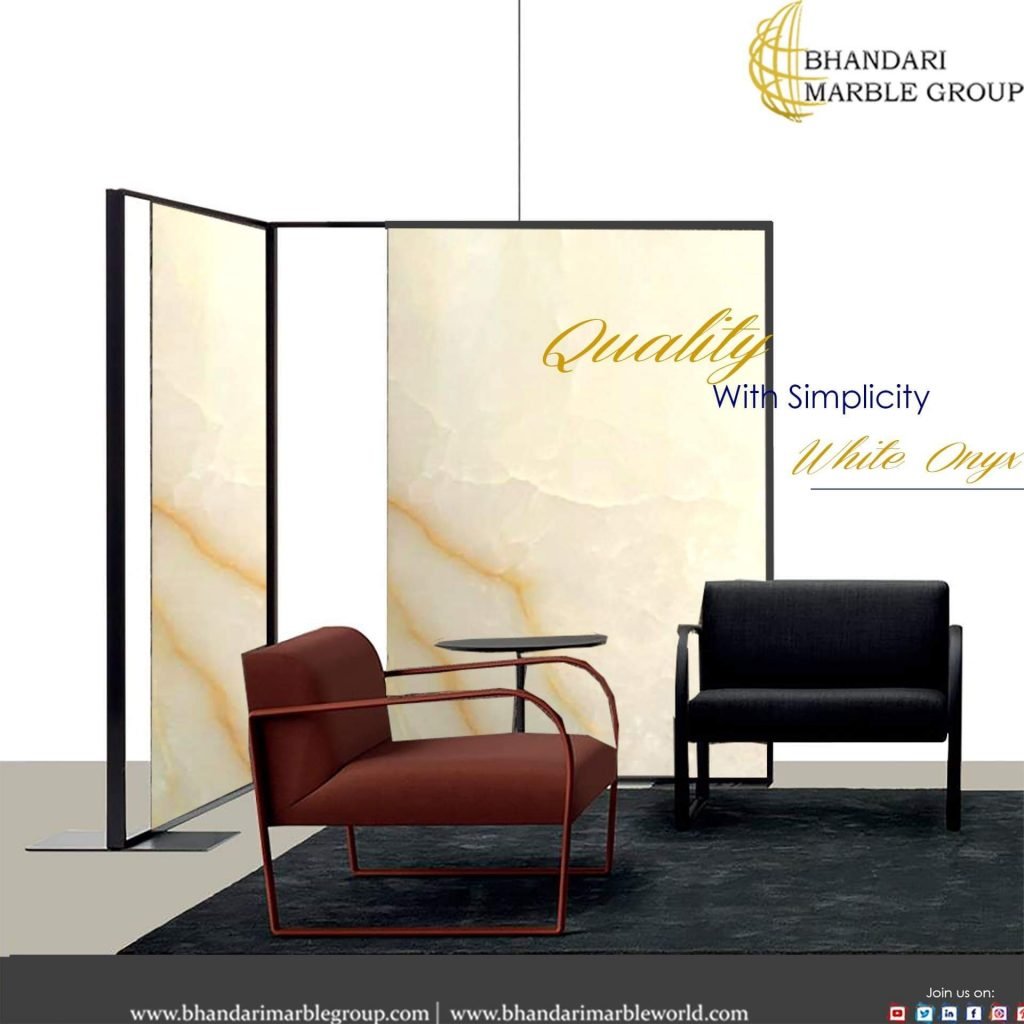
Our Infrastructure
Since the commencement of our corporation, we have a strong and well-equipped infrastructure unit. This infrastructure unit is fully supported by our skilled and experienced professionals.
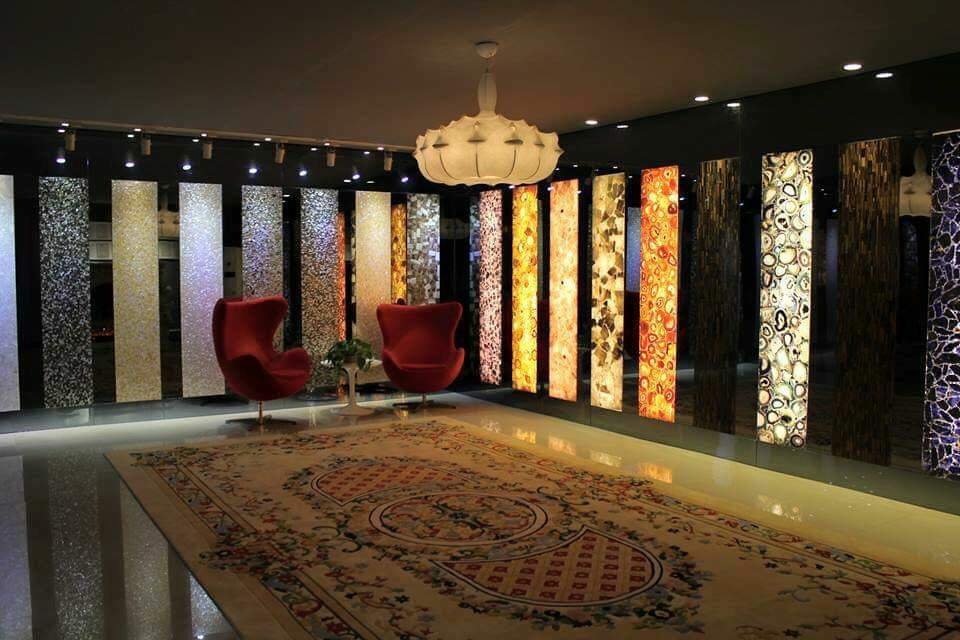
Product Portfolio
We are a renowned exporter and wholesaler of natural stones. Our range includes Italian marble, Imported marble, Indian marble, Indian Granite, Imported granite, limestone, Sandstone, Marble Handicrafts, cobbles, pebbles, stone mosaic, tiles, etc. Natural stones is procured from the best quarries, which design these in compliance.
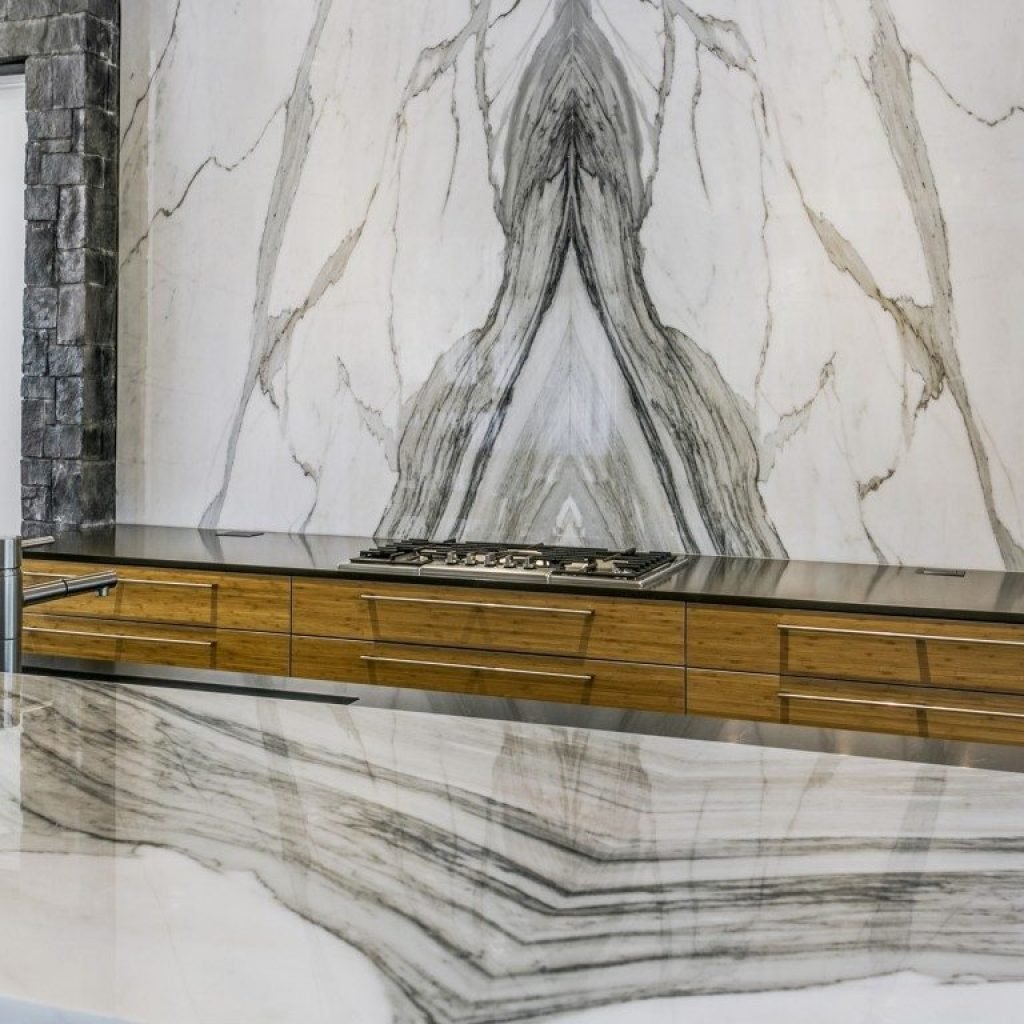
Our Team
We are supported by the most experienced dedicated and talented stone experts, technicians, professionals, which have a vast knowledge of the marble, granite, and natural stone Industry. These are employed by our general manager, Marketing manager, sales manager, production manager, dispatch manager, account manager, charted accountants, CEO, and chairman after testing them on their qualifications and experience.

Quality Standards
Keeping all International quality standards of USA and Yurop industrial recommended quality parameters and standards as our prime focus, we manufacture our entire range of Marble, Granite, and Natural Stone products. For best quality with quantity best price on-time delivery best packing, International network, 387 years experience make us World’s Top and India’s best marble, granite, and natural stone company. We are the World’s Top and India’s Best manufacturer, supplier, exporter, trader, wholesaler, distributor, dealer of a quality approved assortment of Italian marble, Indian marble, Imported marble, Granite, Makrana marble dungri Marble, marble handicrafts etc.are admired for their fine finishing and attractive pattern.
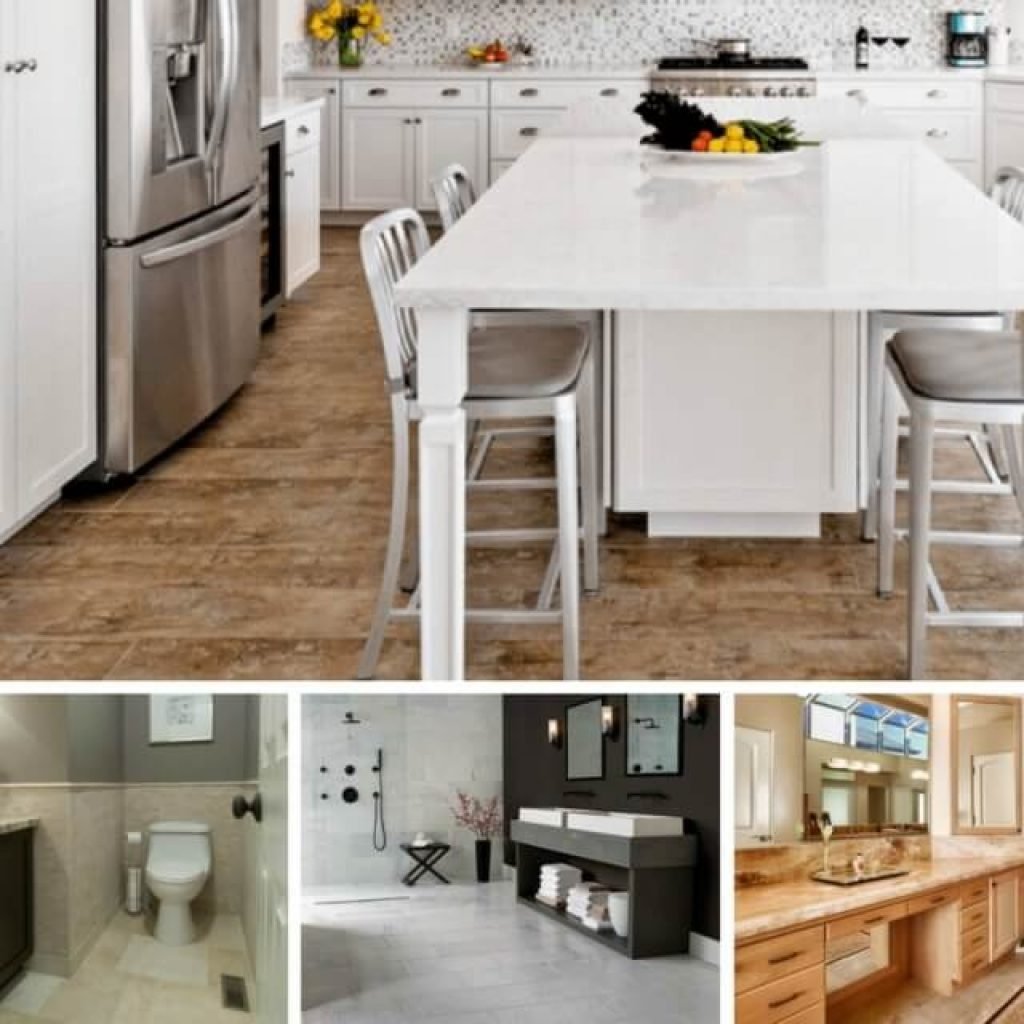
Nature of Business
Manufacturer
Total Number of Employees
50 to 100 People
Year of Establishment
1631
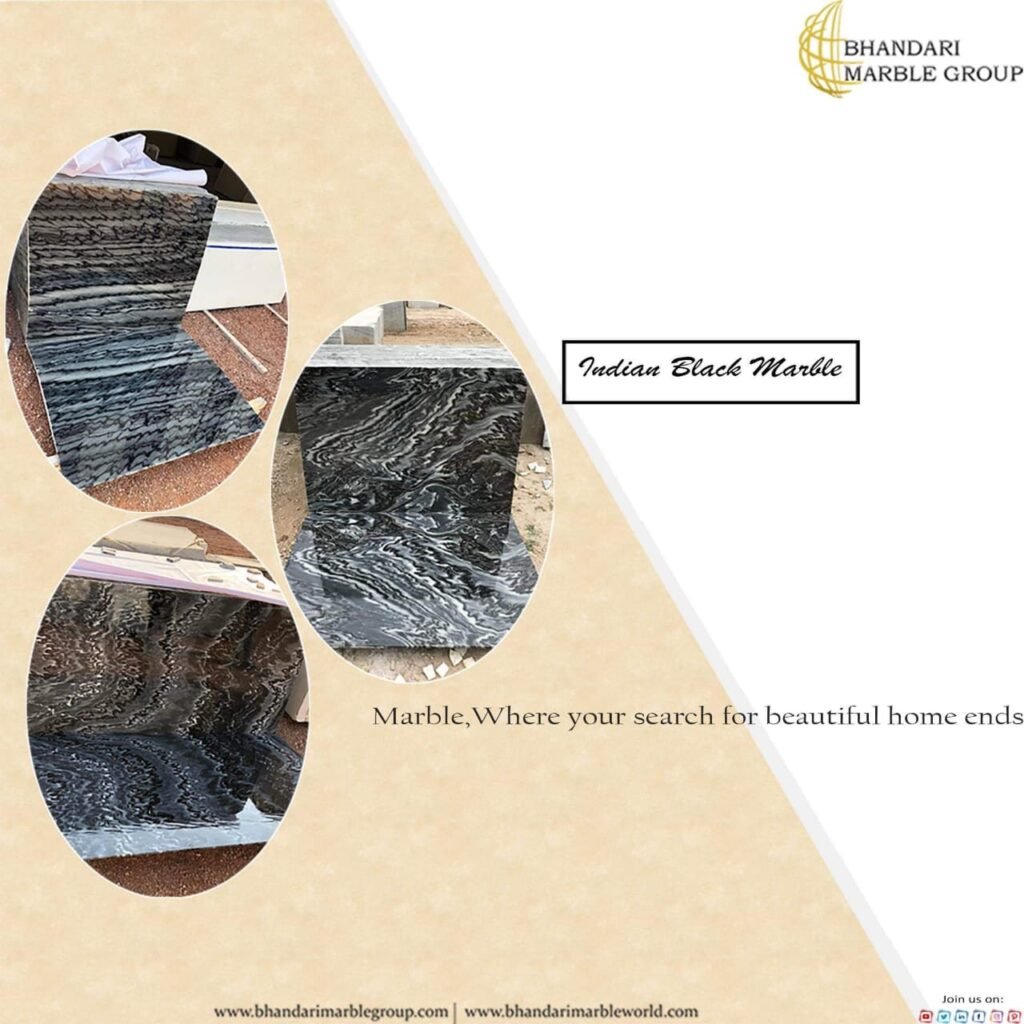
We are well known for top quality marble suppliers in the marble market. Since 1631 we are manufacturing and supplying the top quality marble and Granite in India. We have more than 500 unique designs and different-different sizes of marbles and Granite. So people have lots of choices to choose from them. We deal in onyx marble, marble stone, Statuario marble, Italian marble, Indian marble, Kishangarh marble, granite, and provides any kind of natural stone with great finishing that our customers need. We are the most reputed suppliers, manufacturers, exporters, imported marble suppliers in the market. We provide a great collection of imported and Indian marbles to your home, office, hotel, hospital, and any other location with fast and quality service.
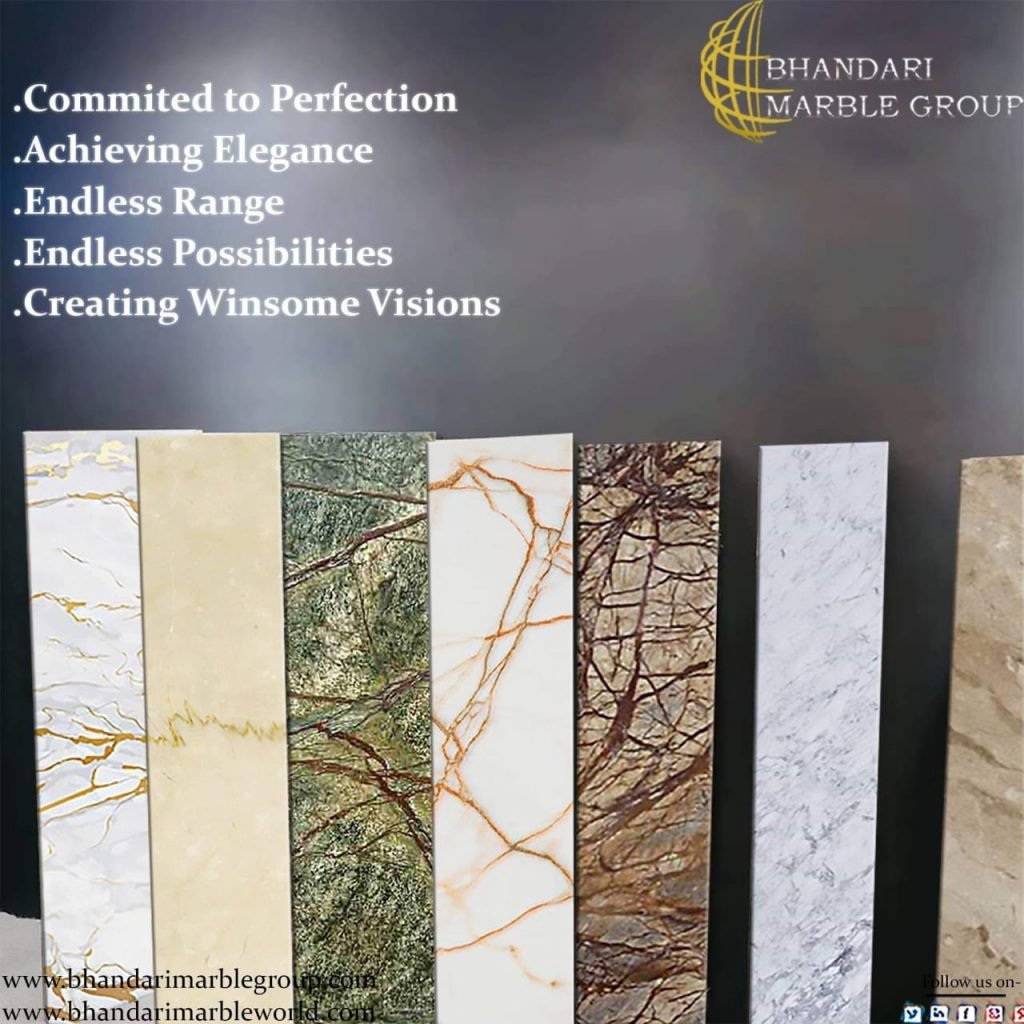
We are one of the greatest marble manufacturers, suppliers, and exporters of all kinds of marble stones like marble, Italian marble, Marble Flooring, Onyx marble, Statuario Marble, Sandstone, Kishangarh marble, Indian marble, Makrana Marble, and Granite at an affordable price. Looking for any kind of quality marble, granite in India, or anywhere in the world, you are at the best place. We provide quality marble, Granite, Limestone, etc in India or anywhere all over the world at wholesale price.
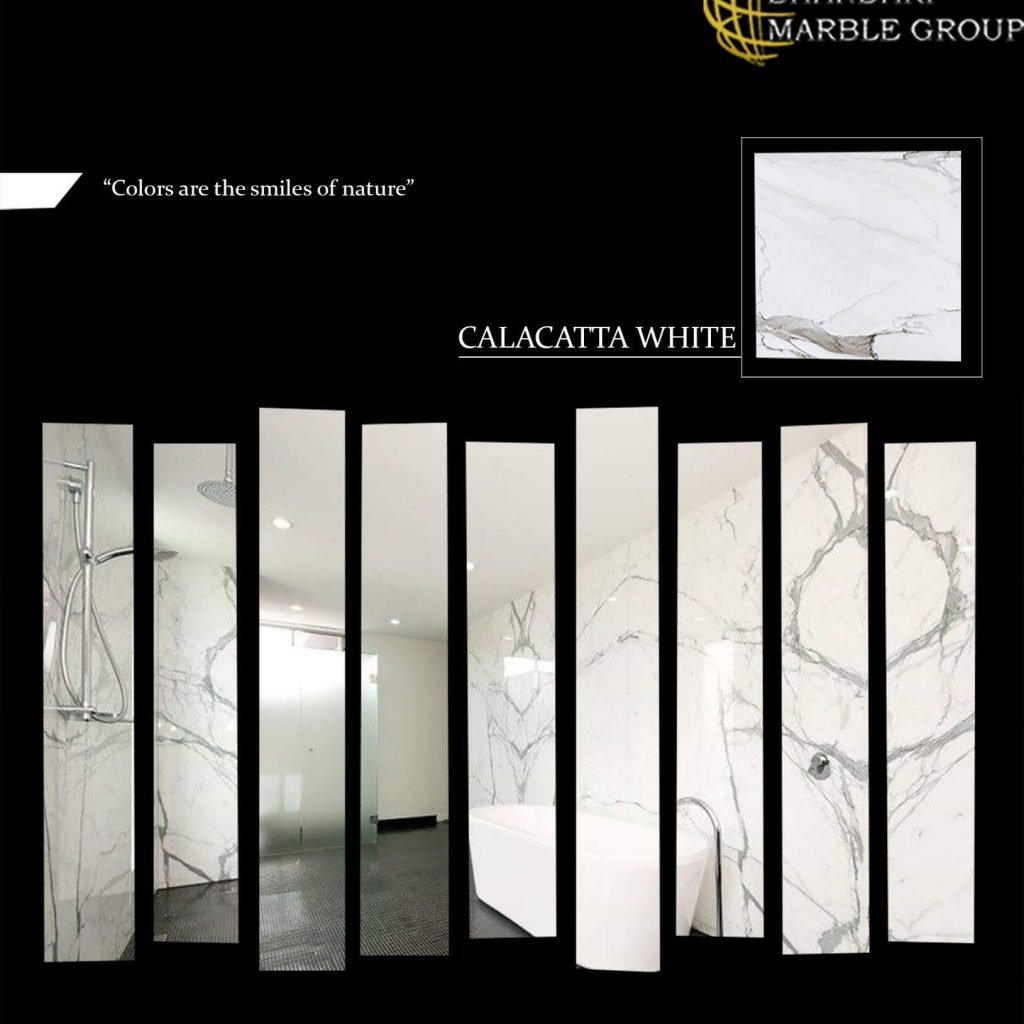
OUR SPECIALIZATION
We are specialized in quality, quantity, and finishing of marble stone, that is our unbeatable strategy or no one can match our quality and price. We have a wide collection of Indian marble, Italian marble, granite, sandstone, and much other marble stone. We have the largest and maximum experienced team of engineers who delivers the marble products to our customers at a reasonable price.
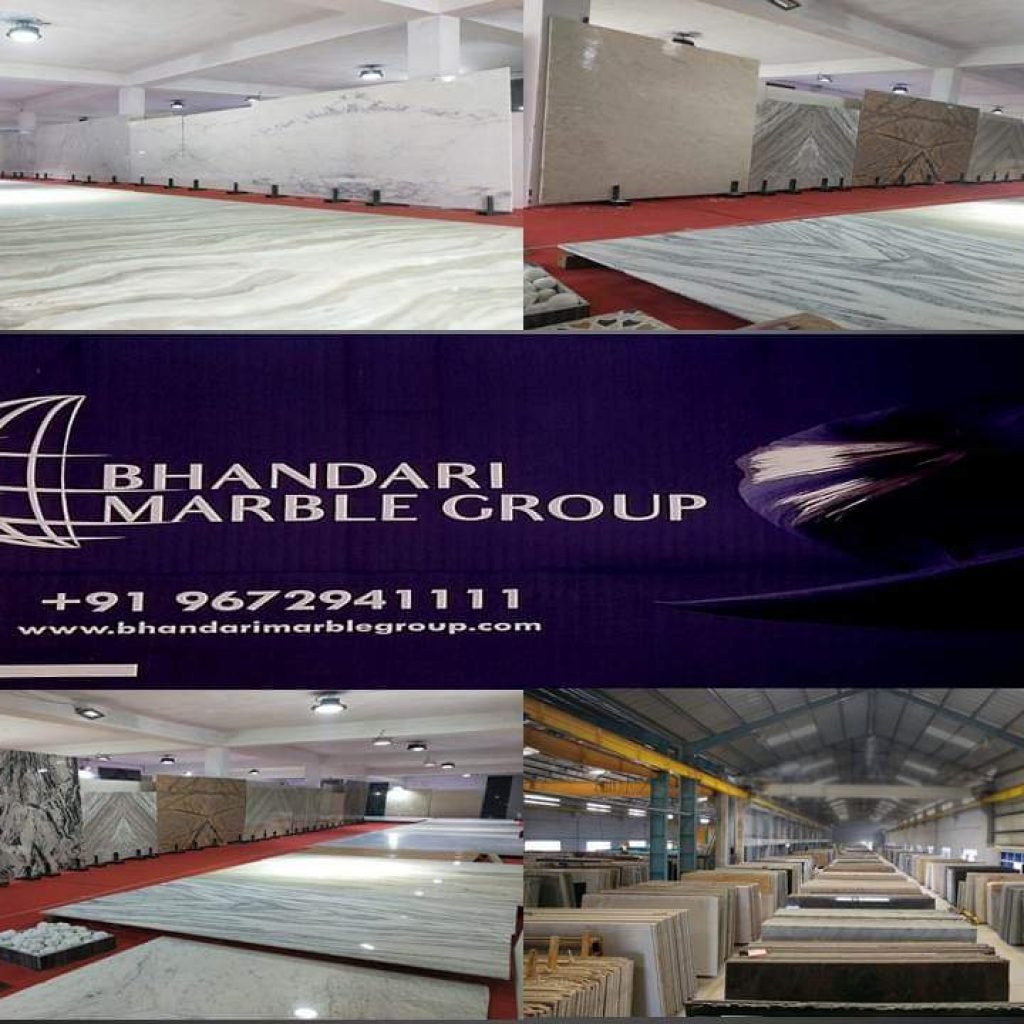
OUR ACHIEVEMENTS
We have come a long way since 1631 and our goals have been high on quality, quantity, finishing which is not achieved by any other company. We have broken major records in terms of service and quality hence the true pioneer of the marble world.
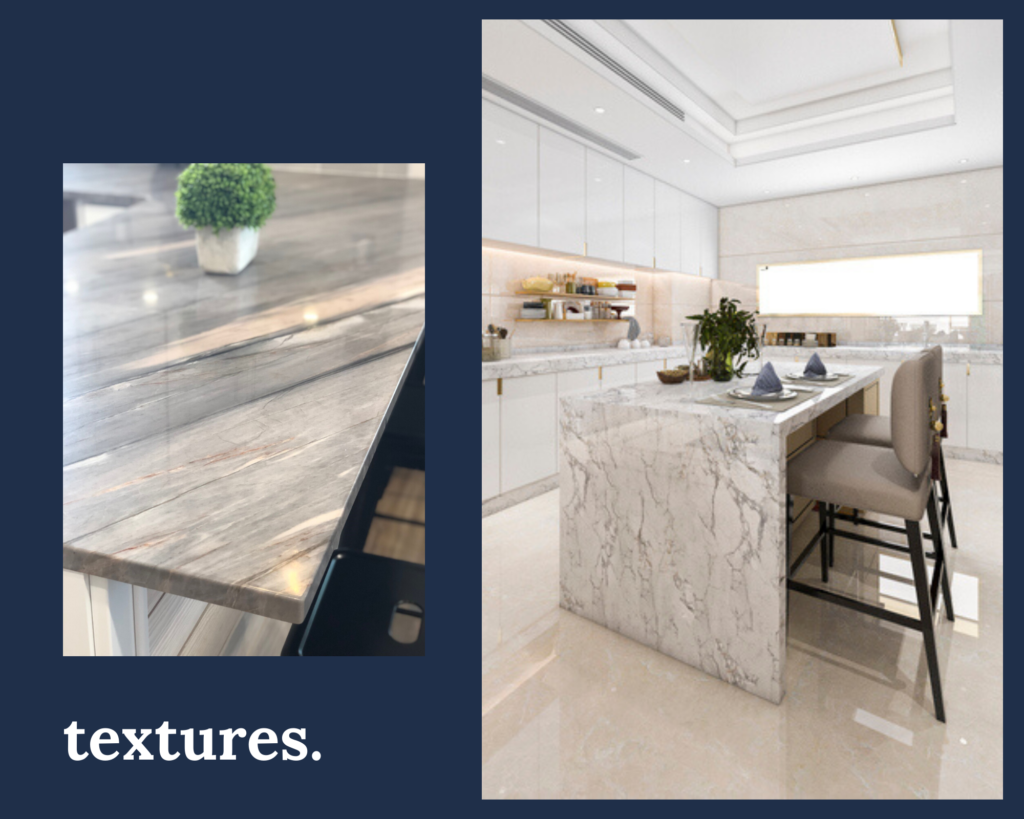
Carrara
The most common Italian marble is Carrara, named for the region it comes from. “Carrara has a gray field or background,” says Bruno, “with light gray veining.” This stone can also tend toward blue-gray, and the patterning is usually soft and feathery.
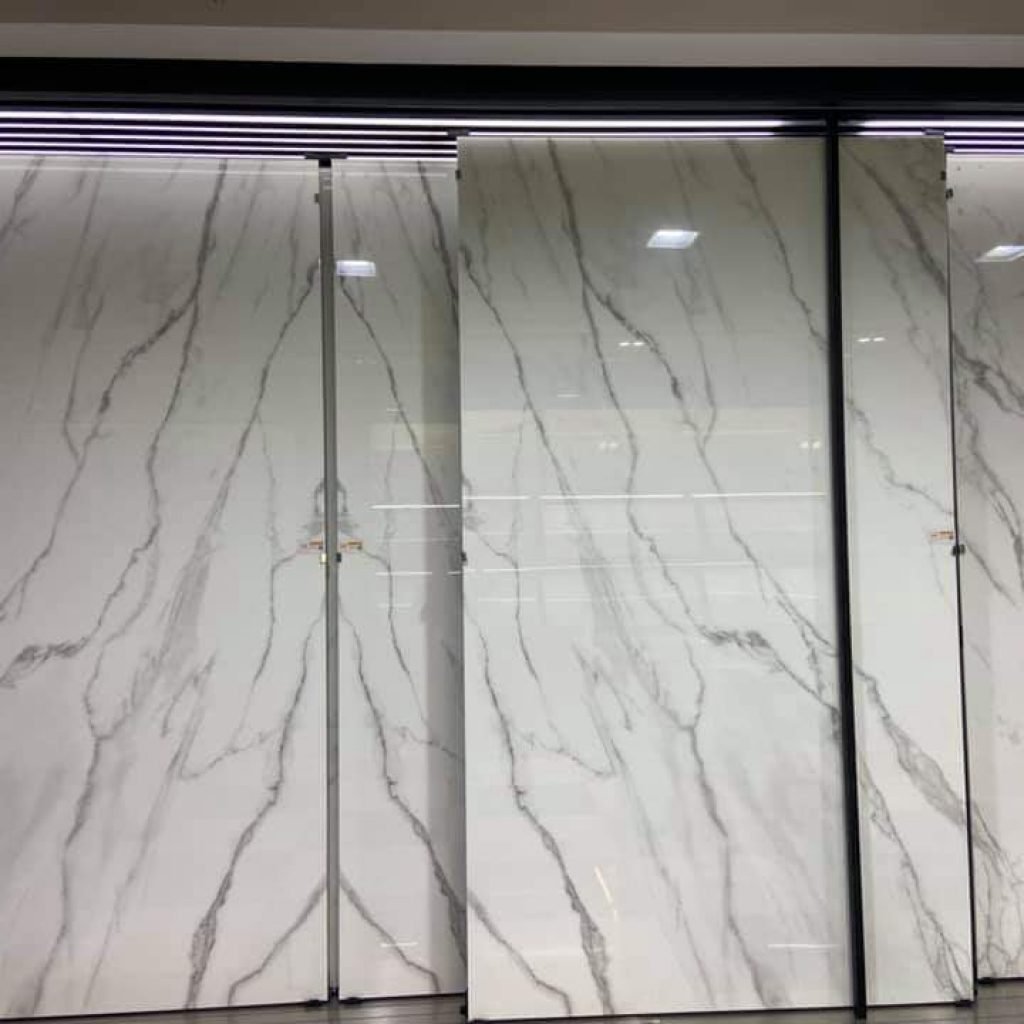
Calacatta
Many homeowners feel that a whiter marble looks more luxurious. They might opt for Calacatta, which is also fairly available in the US. (Somewhat confusingly, it’s quarried in Carrara as well.) “Calacatta has a field that’s bright white and a lot more variation in color than Carrara,” says Bruno. The veins are thick and dramatic and can range in color from gold to brown to beige to dark gray.
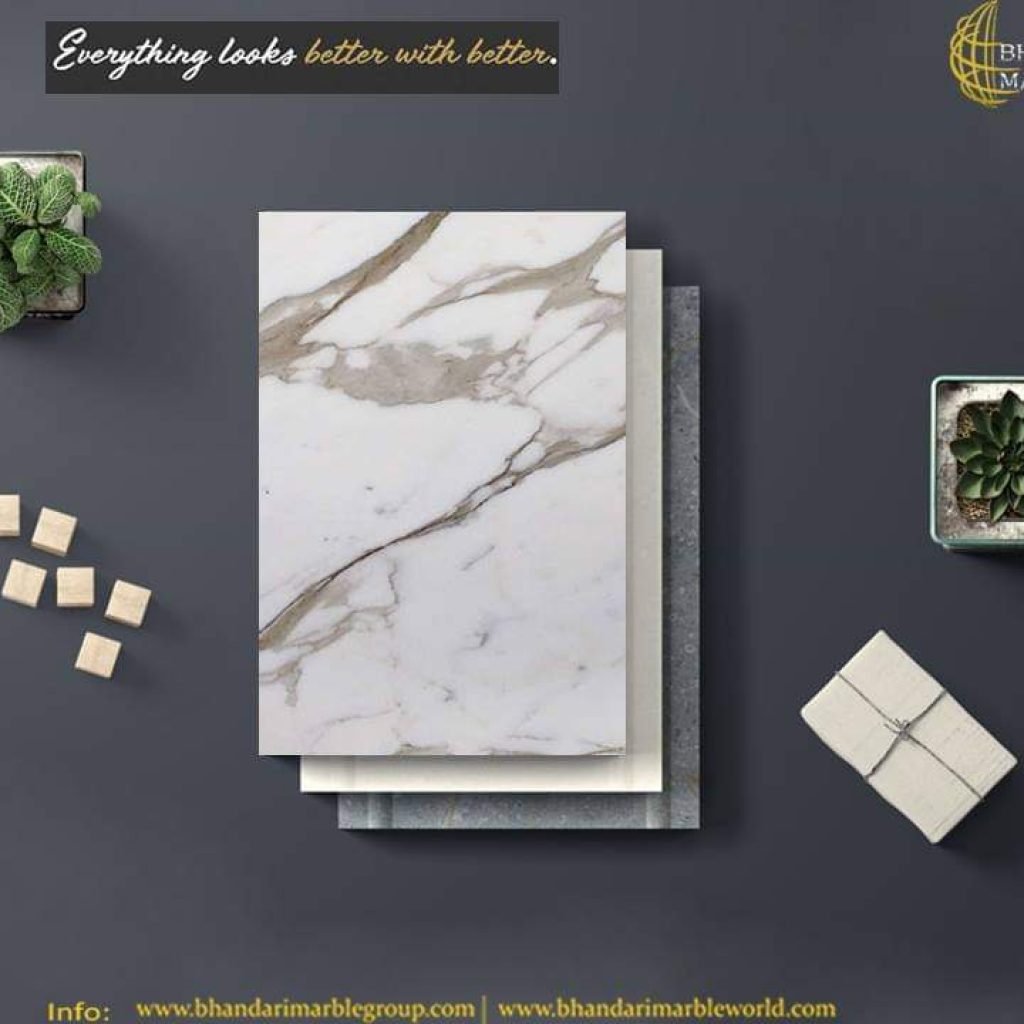
Statuary
And then there’s Statuary marble—whose name serves as a reminder that some of the world’s greatest statues are carved from marble (think Michelangelo’s David). It too comes from the Carrara region. “Statuary also has a bright white field, but not as much color variation as Calacatta,” says Bruno. “The veins are usually dark gray, so there’s a lot of contrast between light and dark in this stone.”
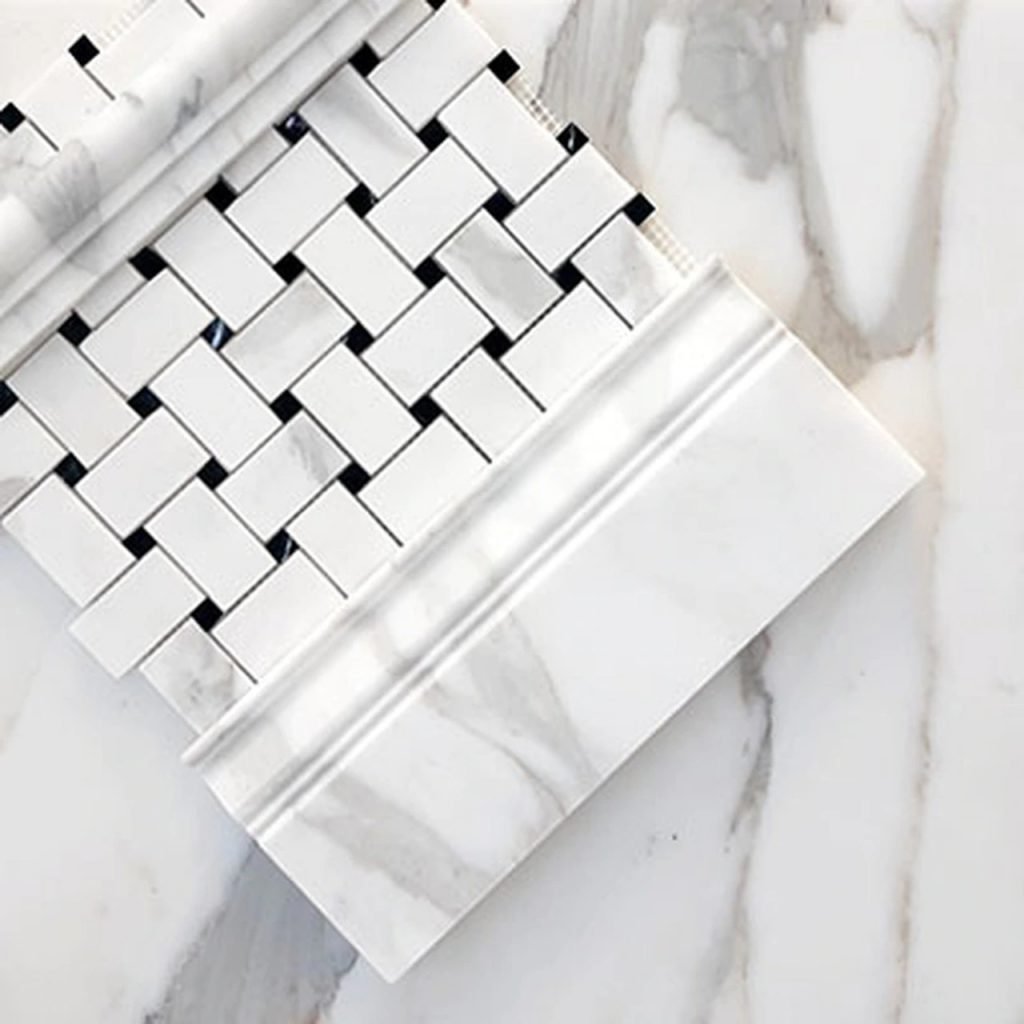
NATURAL STONE FAQ:
- WHAT ARE NATURAL STONES AND WHERE CAN IT BE USED?
Natural Stone refers to a number of products quarried from the earth, used
over many thousands of years as building materials and decorative
enhancements. These products include marble, granite, slate, quartz,
limestone, travertine, shell stone and onyx.
Natural stone is hand selected from the best, most consistent sources for
durability and beauty. Natural stone products differ in composition, colour,
and texture even among pieces from the same source. This is a vast benefit,
lending itself to one of a kind designs and distinctive, dramatic applications.
Natural stone can be used on nearly every surface both inside and outside the
home, including floors, walkways, wall cladding, kitchen countertops, vanity
tops, bathrooms, patios, fireplaces, facades and garden landscaping.
2.WHAT IS MARBLE?
Marble is a metamorphic limestone. Limestone is sedimentary rock consisting
mostly of organic material such as skeletons and shells of marine creatures and
sediments. It is formed by material that settles to the bottom of bodies of
water, and over millions of years, solidifies into solid rock. Calcium in the bones
and shells combines with the carbon dioxide in the water to form calcium
carbonate which is the basic mineral structure of marble. Given enough heat
and pressure limestone crystallizes resulting in marble. The crystallised
structure will help marble to take polish and bring out colours of other trace
elements.
It is available in solids and dramatic veined varities, and is prized for its
timeless style, texture and high-gloss polish along with a rich palette of
beautiful colours. Often seen as a symbol of luxury, modern technology brings
beautiful marble products even to budget-conscious home-owners.
3.HOW DURABLE IS MARBLE?
Marble has been used for thousands of years. Many marble statues and
buildings have outlasted the cultures that built them. A simple, regular
maintenance program will keep marble
looking beautiful for the life of your
home or commercial project.
Marble is available in a multitude of finishes, the most common of which are
polished or honed, although more rustic or antique finishes are also available.
The reflective gleam of light off of a polished marble floor creates a refined
look and a classical elegance that is always in style. In contract, honed marbles
offer a slightly more relaxed feel with a matte finish that softens their impact
while still retaining their sophisticated style. Meanwhile, tumbled or brushed
marbles provide a rustic look reminiscent of ancient architecture.
- WHAT ARE THE SMALL CRACKS AND PITS IN NATURAL STONE?
Fissures occur naturally in many stone types. The term fissure is used
commercially in the stone industry to describe a visible separation along inter
crystalline boundaries. This separation may start and stop within the field of
the stone or extend through an edge. A fissure differs from a crack in that it is a
naturally occurring feature of the stone.
All natural stones contain some degree of fissure. Some contain more than
others. Fissures occur naturally in natural stone and are not a flaw. Pitting of
the countertop surface, particularly in granite, is a commonly seen
characteristic of natural stone. The pits do not make the stone less durable or
otherwise inferior, and do not in themselves qualify the slab for replacement.
Pits are common and should be expected when dealing with a natural polished
stone. - WHAT IS THE DIFFERENCE BETWEEN MARBLE AND GRANITE?
Although both are stones and both are quarried from the earth, granite and
marble (and marble’s relatives – limestone, onyx and travertine) are very
different from each other. The greatest difference lies in the porosity, softness
and durability of marble when compared to granite.
Granite is formed deep in the earth’s mantle at extremely high temperatures.
It is a very hard, resistant stone made of crystallized minerals.
The marble family – limestone, travertine, marble, onyx – start out as sediment
– animal skeletons and shells, plant matter, silt – at the bottom of bodies of
water. After millions of years this solidifies (lithifies) into stone. Because its
main component is calcium, it can be affected by acids such as vinegar and
citrus.
- WHAT IS MORE PREFERRED AND SUITABLE FOR MY HOUSE- MARBLE
OR GRANITE?
Marble is more suitable for residential flooring and wall cladding, due to its
lighter shades and dramatic characters. Another advantage of using marble is
that unlike granite it can be re-polished after a few years and the flooring will
be as good as new. Also Marble is Polished after installation which enables you
to have seamless joints and gives the impression of a single big slab laid on the
floor. Granite on the other hand can be used for external stairs or bathroom
flooring in short areas which are prone to water and wear and tear. - CAN MARBLE BE USED FOR KITCHEN COUNTERTOPS?
Yes, but be aware marble (and limestone and travertine) are calcium
carbonate, and their polished surface is more vulnerable to household acids
including vinegar, mustard, catsup, citrus and a host of other food-related
products. These acidic substances cause a chemical reaction, which will
remove the polish.
Since marble is more porous than granite, it is more prone to staining and
scratching, so we recommend that a penetrating sealer be applied to marble
twice a year to protect it against damage. Any spills that occur should be wiped
up immediately. Additionally, marble and limestone can be scratched more
easily than harder stones such as granite. Marble does make a perfect pastry
slab; its perfectly smooth, cool surface is ideal for rolling out dough and pie
crusts.
OR
8.WHY ARE SOME STONES EXPENSIVE THAN THE OTHERS?
Availability, locations of quarries in the world (due to transportation expenses),
the rarity of the colour, and the amount of labour required to extract the
stones all affect the price of natural stone. Higher price doesn’t mean higher
quality. All natural stones that Pratibha Marbles carries, regardless of price, are
of the same high quality.
9.WHAT CAN BE DONE IF A MARBLE GETS SCRATCHED OR STAINED?
You can avoid these by wiping the surface, just immediately after it gets a spill,
or you can guard the marble upfront, using a layer of marble sealant. You
should reapply the sealer every 6-12 months, to keep the spillage above the
marble pores. You should never allow the sealant to get worn out, as it would
leave the marble vulnerable. It important especially on light and highly porous
kinds of marble.
- IS THERE A WAY TO COMPLETELY PROTECT MARBLE FROM
STAINING?
Unfortunately there is no way to completely protect from staining. The sealing
has limited protection; it helps to prevent from liquids to absorb into the stone
and doesn’t help (or very little) from etches, dull spots and scratches as well.
Only proper care can help to avoid such etches.
11.WHAT IS THE BEST WAY TO CLEAN MARBLE AND OTHER SOFT
STONES?
The old rule of thumb is never to use anything you wouldn’t use on your
hands. Never use powdered cleansers or abrasive pads to clean your stone.
Even “soft scrub” type cleaners contain pumice, which is powdered volcanic
stone, and might damage your stone countertops or floors. Never use any
product which is acidic; this includes substances like ammonia. You should
always use sealers and cleaning products designed specifically for natural
stone.
12.WHAT CARE AND MAINTENANCE IS REQUIRED FOR THE NATURAL
STONE?
Daily Maintenance- Do clean dust, dirt from floor once or twice daily with a
dust mop or vacuum. Damp mop or spot clean as necessary, using a pH neutral
marble cleaner. Damp mop all areas with clean, warm water at least daily to
remove fine dust. Frequency of dry mop depends on traffic e.g. home users – 1
to 2 times in a day and commercial place – 2 to 3 times. Allow to dry before
putting surface back into use. Periodic Maintenance- Do buffing with premium
liquid wax polish once in 6 months for home users and once in a month for
commercial users. Do polishing, using marble polishing powder with scrubbing
machine once in 1-2 years for home users and once in 6-12 months for
commercial users. Frequency may be increased or decreased depending upon
traffic pattern. - WILL MY STONE MATCH THE SAMPLE I SAW IN THE SHOWROOM?
The sample used to make your colour selection may not exactly match the
slabs. Some natural stone colours, due to the different types of minerals in
them, are more consistent than others. Stones are natural and unique
products, therefore the samples will slightly vary in colour, pattern and grain
structure. The samples are used to obtain a general look and feel of the variety
of stone. We try our best to provide representative samples, but variation will
always occur in natural stone. - WHAT ARE BOOK MATCHED SLABS?
Book-matched slabs are ones that are next to each other after cut from the
block of stone, but are polished on opposite sides. When these slabs are laid
next to each other, they create a mirror image pattern. The veins of the stone
can be matched by your fabricator to create a continuous pattern in large open
spaces of the building. - WHAT IS THE IMPORTANCE OF THICKNESS?
The thickness of the marble slab is directly proportional to the strength and
durability of the product. The required standard in the industry globally is 2 cm
with a minimum of 1.8 cm for the processed slab. Thicker slabs cost slightly
more, but are easier to handle, easier to transport and easier to install thus
resulting in minimum wastage of the product and a longer life. - IS MARBLE APPROPRIATE FOR HIGH TRAFFIC AREAS?
Yes. Marble since ancient times has been used in all areas of homes from
furnishings to floors. Marble has proven as durable as materials traditionally
considered to be sturdier with the added benefit of creating a warm
welcoming atmosphere.
ADD BY EXPERT AND EXPORT TEAM OF BHANDARI MARBLE GROUP. CONTACT US ON; 9672941111
Comments
Post a Comment